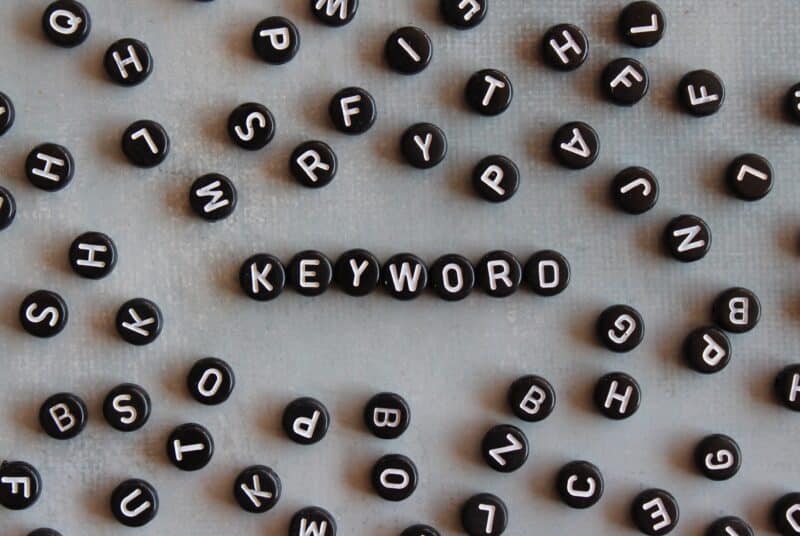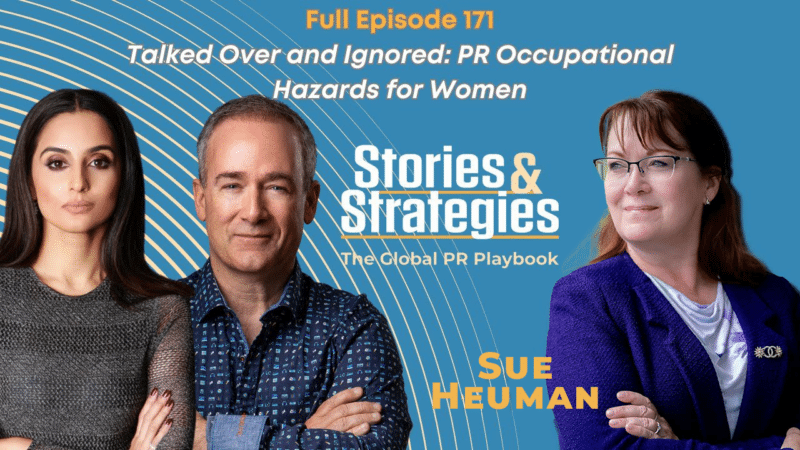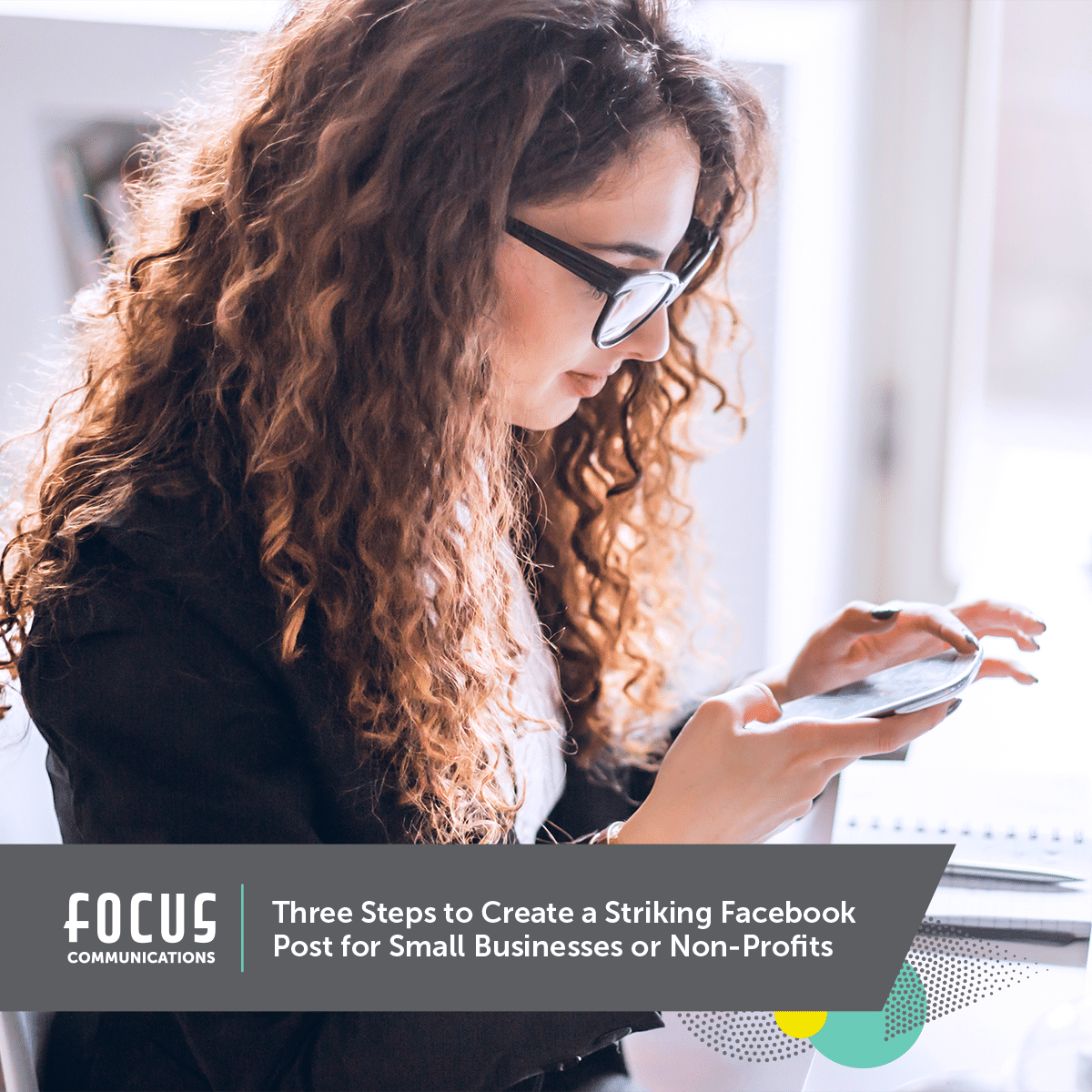In early 2024, Mickey Mouse, Disney’s famous mascot, became part of the public domain. Mickey, once strictly copyrighted property of the Walt Disney Company, can now be used by anyone to create new works so long as they use his original appearance from Steamboat Willie (1928.)
The public domain gives iconic fictional stories and characters new lives as different interpretations of them can exist simultaneously. An example of this is Robert Downey Jr. who played Sherlock Holmes for Warner Brothers, while Benedict Cumberbatch played the same character for the BBC.
The public domain offers a treasure trove of recognizable names and characters businesses can also use. Robinhood, the commission-free stock trading and investing app, Dracula Technologies, and Sherlock Holmes Pubs all use recognizable characters in the public domain to instantly create a sense of familiarity with their audiences.
Below, we’ll explore the public domain and how you can use it for your business.
Understanding the Public Domain
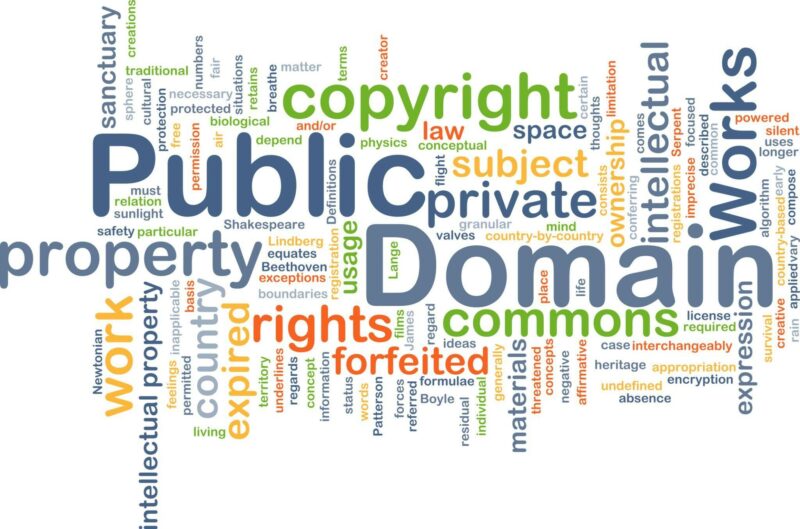
“Public domain” references creative works that are not, or are no longer, protected by intellectual property laws, including copyright, trademark, or patent laws. There are four main ways that a work can become part of the public domain:
- Expiration of copyright (as in the case of Mickey Mouse).
- Failure of the copyright owner to comply with renewal rules (e.g., Night of the Living Dead, 1968).
- Purposeful dedication of the work to the public domain by the copyright owner (e.g., Fables from DC Comics).
- Exclusion from copyright protection under the law (e.g., government works).
What public domain works can you use?
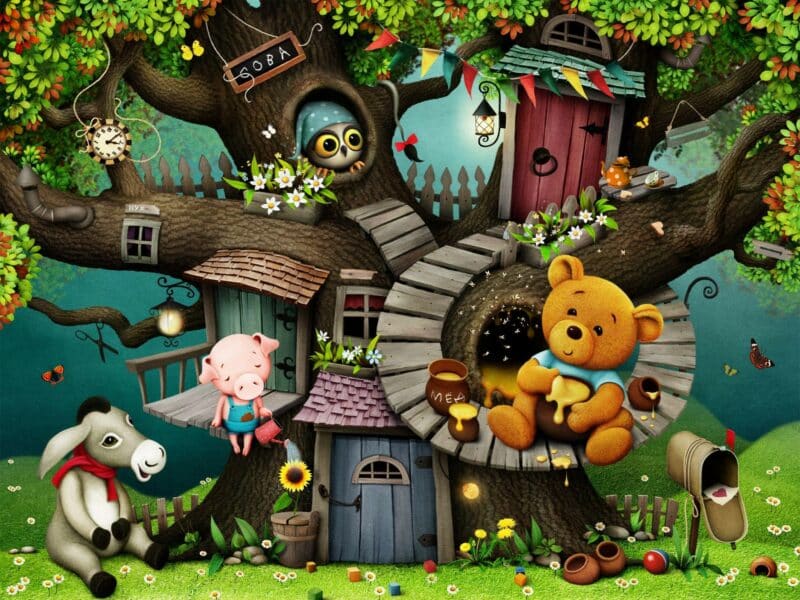
Some popular characters in the public domain include Mickey Mouse, Winnie the Pooh, Sherlock Holmes, Count Dracula, Frankenstein’s monster, Hercules, Aladdin, Robin Hood, and Ebenezer Scrooge.
How can you use them?
The key to using public domain characters is following the rules governing their usage. For instance, Winnie the Pooh’s copyright expired in 2023, and a cheap horror movie was quickly announced to capitalize on the recognition of Winnie’s name. However, Winnie’s friend Tigger did not become public domain until the following year. So when the Winnie-the-Pooh: Blood and Honey movie was released, Tigger wasn’t allowed to appear. However, Tigger is now in the public domain and will appear in the upcoming Winnie-the-Pooh: Blood and Honey 2.
Similar opportunities arose with Mickey Mouse as two horror movies were announced within twenty-four hours of Mickey entering the public domain.
How can you use them for your business?
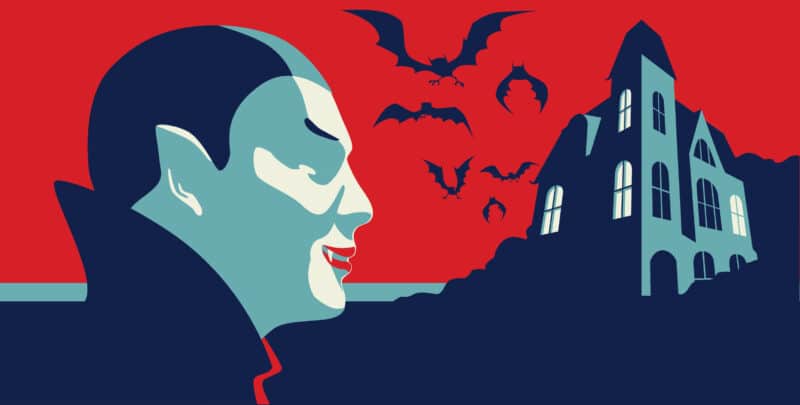
Given that works in the public domain belong to everyone, businesses can strategically use them for communication and marketing purposes. This is why the Edmonton region has multiple Sherlock Holmes Pubs, all of which use Holmes’s iconic hat and pipe in the logo. The Peter Pan Childcare Centre uses the name of the famous fictional character to make its name instantly recognizable.
No one will stop you from using the character of Frankenstein’s monster in a social media post or Halloween newsletter. If your daycare features images of Mickey Mouse from Steamboat Willie in your promotional pamphlet, that’s perfectly alright. If you’d like to use the character of Dracula in an advertising campaign, you can absolutely do so. Your business can use these works since they are now part of the public domain.
In conclusion, the public domain presents a wealth of opportunities for creative expression and business promotion. As long as you follow the rules governing public domain works, these timeless characters and stories can become valuable assets to your business. Contact Focus Communications today if you need help with your business’s marketing or communication needs!


